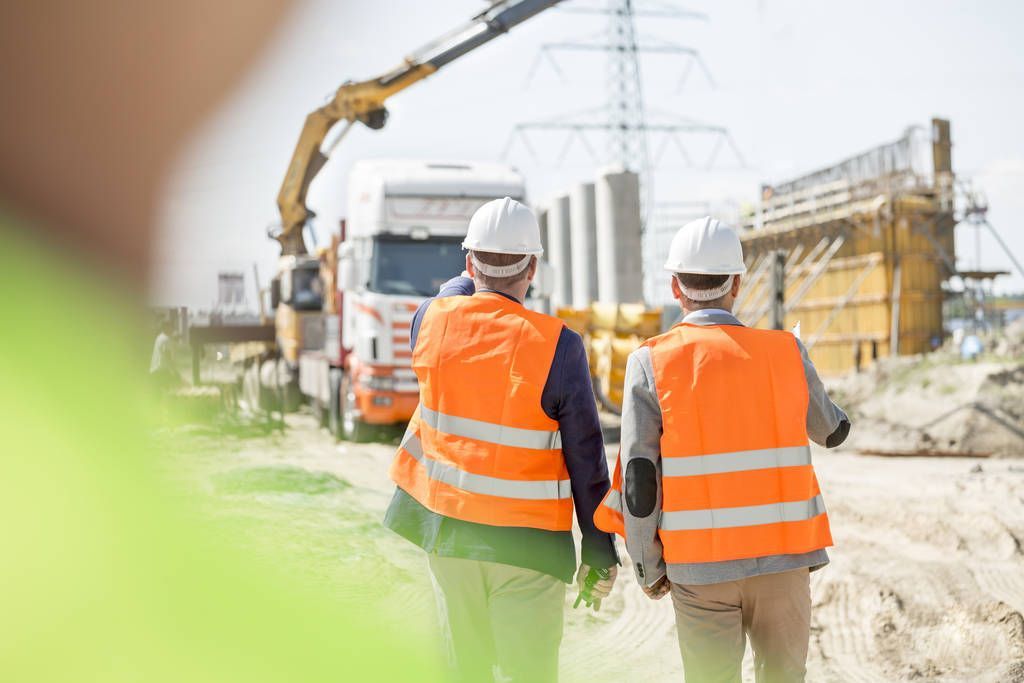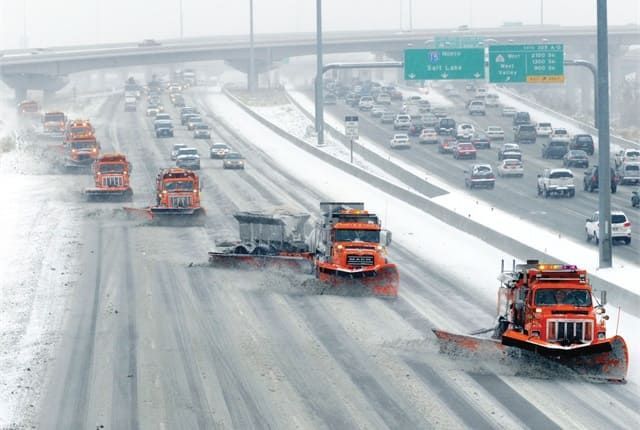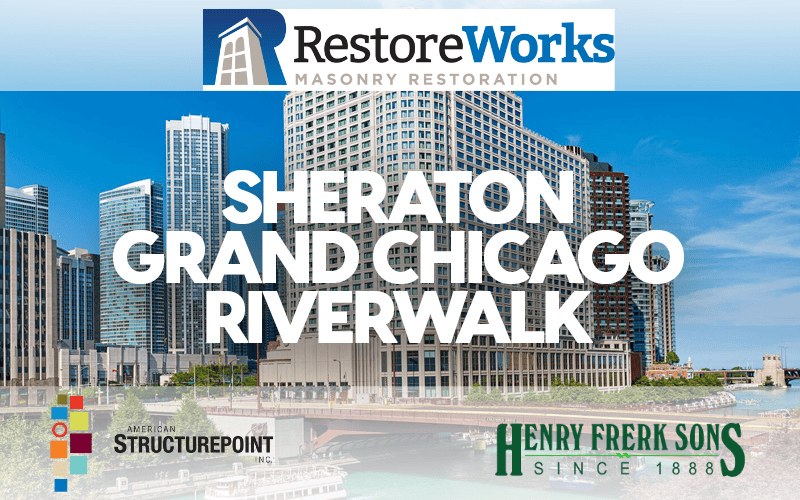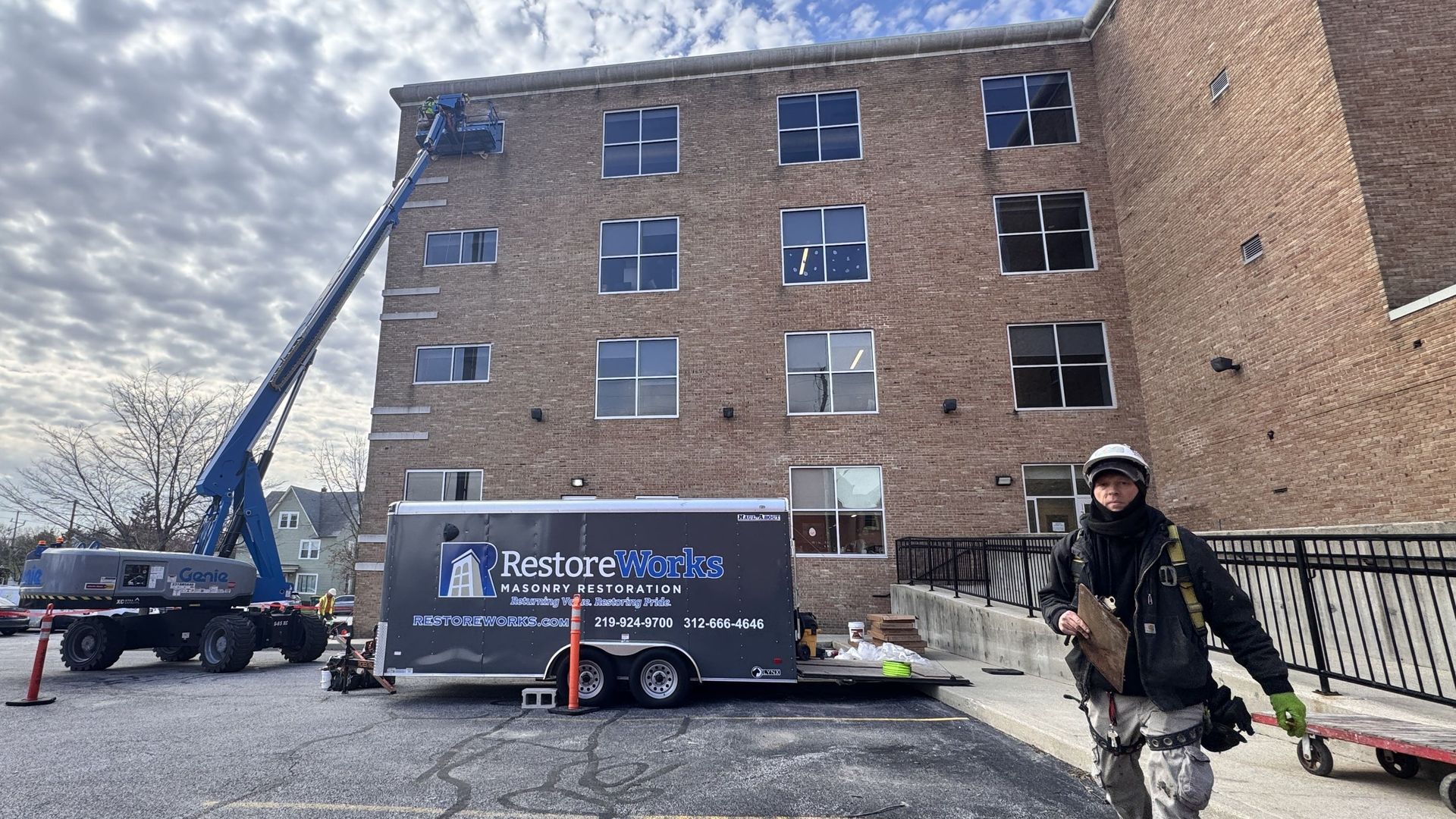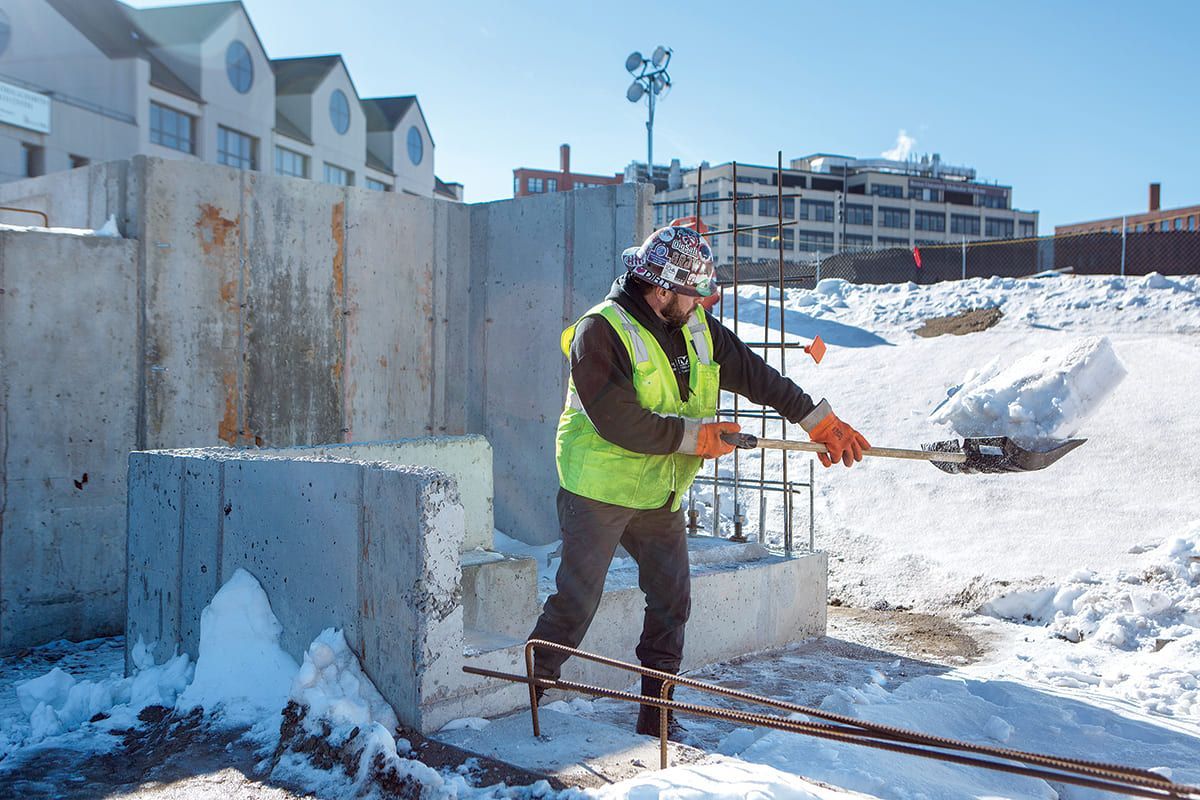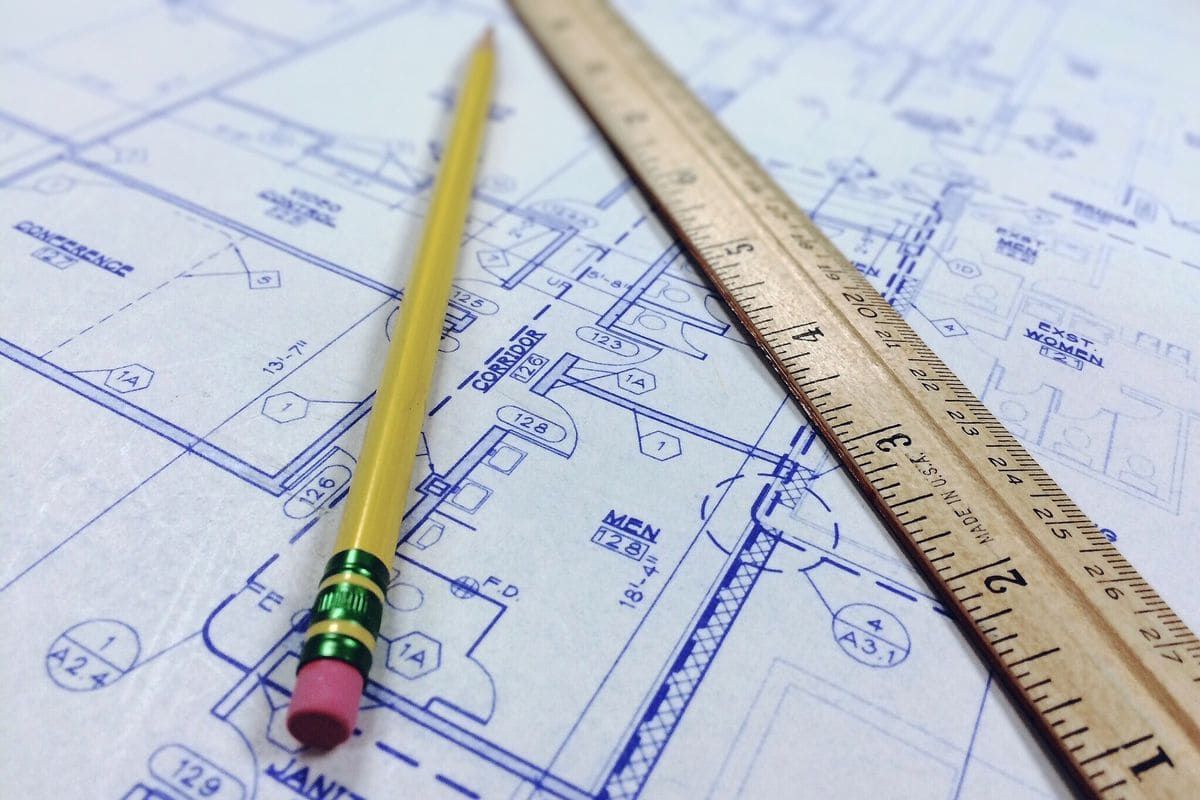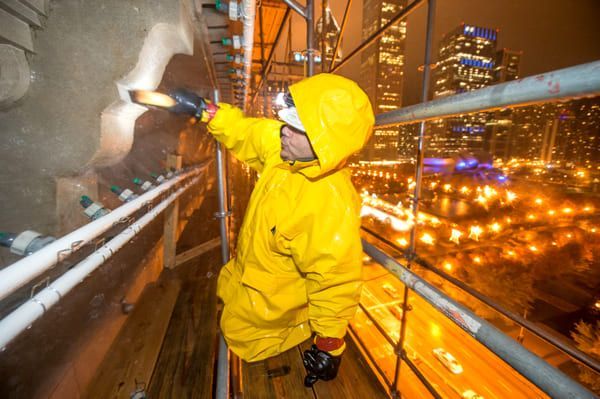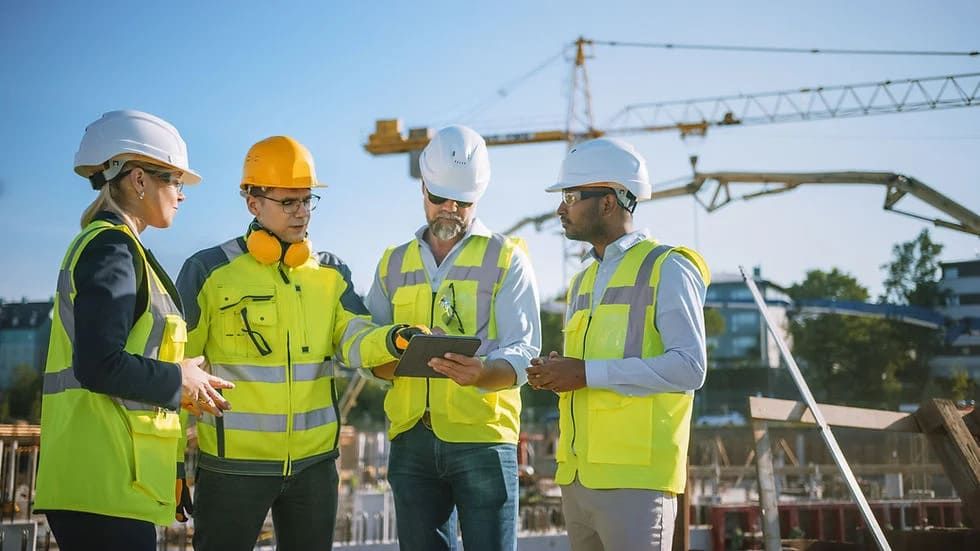The relationship between structural engineering and masonry restoration is pivotal in maintaining the integrity and longevity of commercial and historical buildings. While structural engineers identify underlying issues that threaten a building’s stability, masonry restoration contractors implement the solutions to address these problems effectively. This collaboration ensures the safety of your building while maintaining its looks and historical value.
The Role of Structural Engineers in Masonry Restoration
Structural engineers assess the load-bearing capacity and stability of buildings, including identifying damage caused by weather, age, or structural deficiencies. For instance, in the Chicago area, severe winters can lead to freeze-thaw cycles that intensify masonry deterioration. Key responsibilities of structural engineers in this context include:
- Assessing structural damage: Cracks in masonry facades or lintels often signal deeper structural issues.
- Recommending restoration solutions: Engineers may prescribe the replacement of compromised materials or suggest preventive measures, such as applying sealants or improving drainage systems.
- Creating detailed inspection reports:
These reports guide contractors by highlighting priority areas for repairs such as concrete facade repair or masonry lintel replacement, ensuring they align with safety standards.
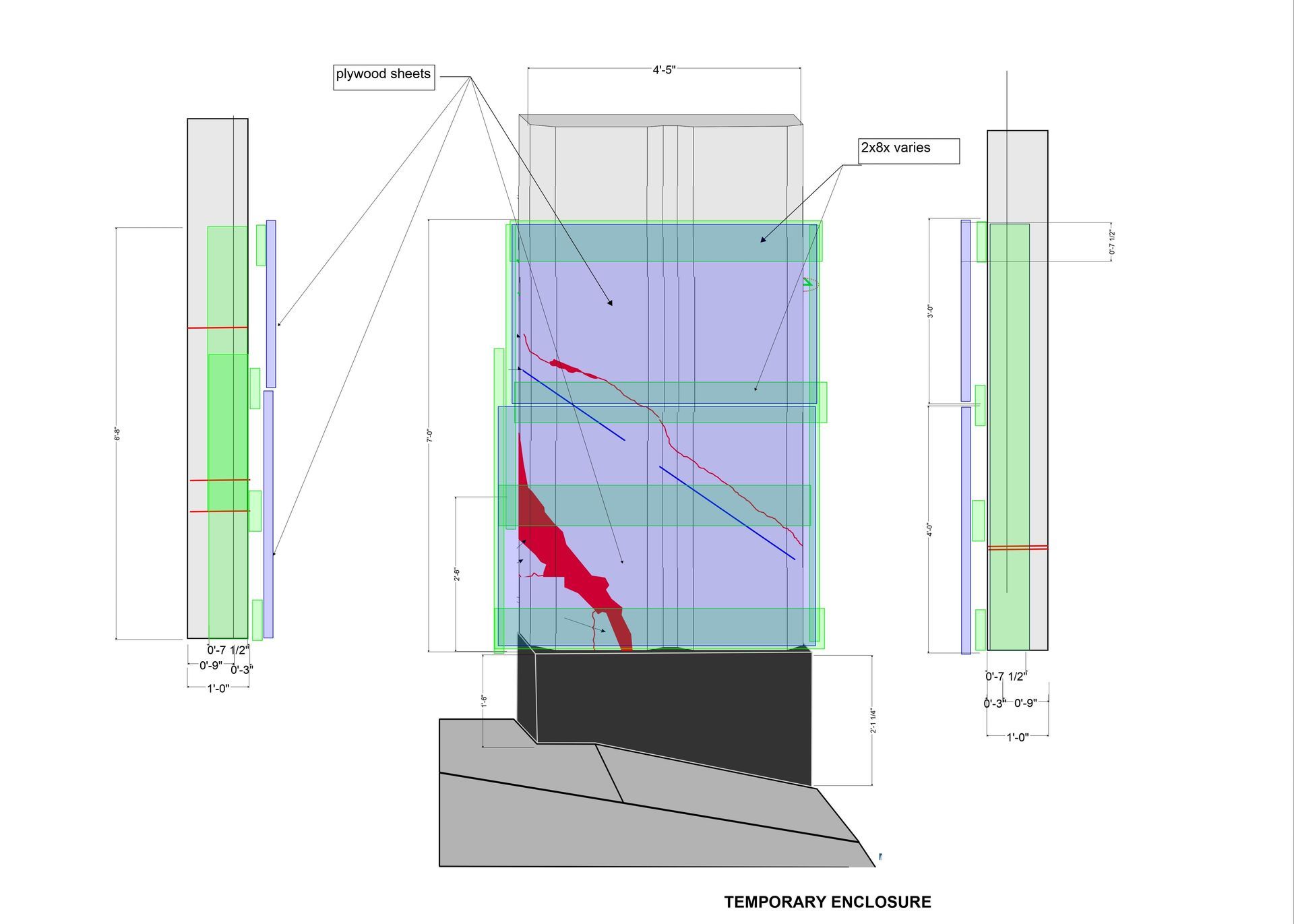
How Masonry Restoration Complements Structural Engineering
Once structural engineers complete their analysis, masonry restoration contractors execute the repairs. Here’s how these professionals support structural engineering goals:
1. Concrete Facade Repair and Restoration
- Deteriorating facades compromise not only your building's appearance but also its safety. A thorough commercial concrete facade restoration project involves replacing spalled or cracked sections, reapplying protective coatings, and addressing any structural vulnerabilities.
2. Balcony Repairs
- Structural engineers may identify compromised balconies as a major safety concern. Contractors specializing in concrete balcony restoration services ensure the safe removal of damaged materials and apply durable replacements to extend balcony life.
3. Masonry Lintel Repairs
- Lintels, which support the weight above windows and doors, are prone to rust and corrosion. Masonry lintel repair services address these problems by replacing or reinforcing the affected areas, preventing further structural issues.
4. Restorative Masonry Cleaning
- Beyond structural repairs, restorative masonry cleaning services ensure that buildings regain their original appearance by removing years of dirt, grime, and environmental pollutants without damaging the materials.

Why This Partnership Matters
Studies reveal that delaying repairs to historic buildings could increase the cost of repairs by 15% to 20%. Regular inspections and prompt restoration work (especially in regions like Chicago, where harsh winters and humidity take a toll on masonry) are essential. Collaborations between engineers and restoration contractors save you significant money in the long term.
Signs You Need Structural and Masonry Services
If you’re a property or facilities manager, here are some indicators that it’s time to involve a structural engineer and masonry contractor:
- Visible cracks in facades or balconies
- Rust-stained or sagging lintels
- Spalling concrete or crumbling mortar
- Persistent water infiltration issues
- Efflorescence or discoloration on masonry surfaces
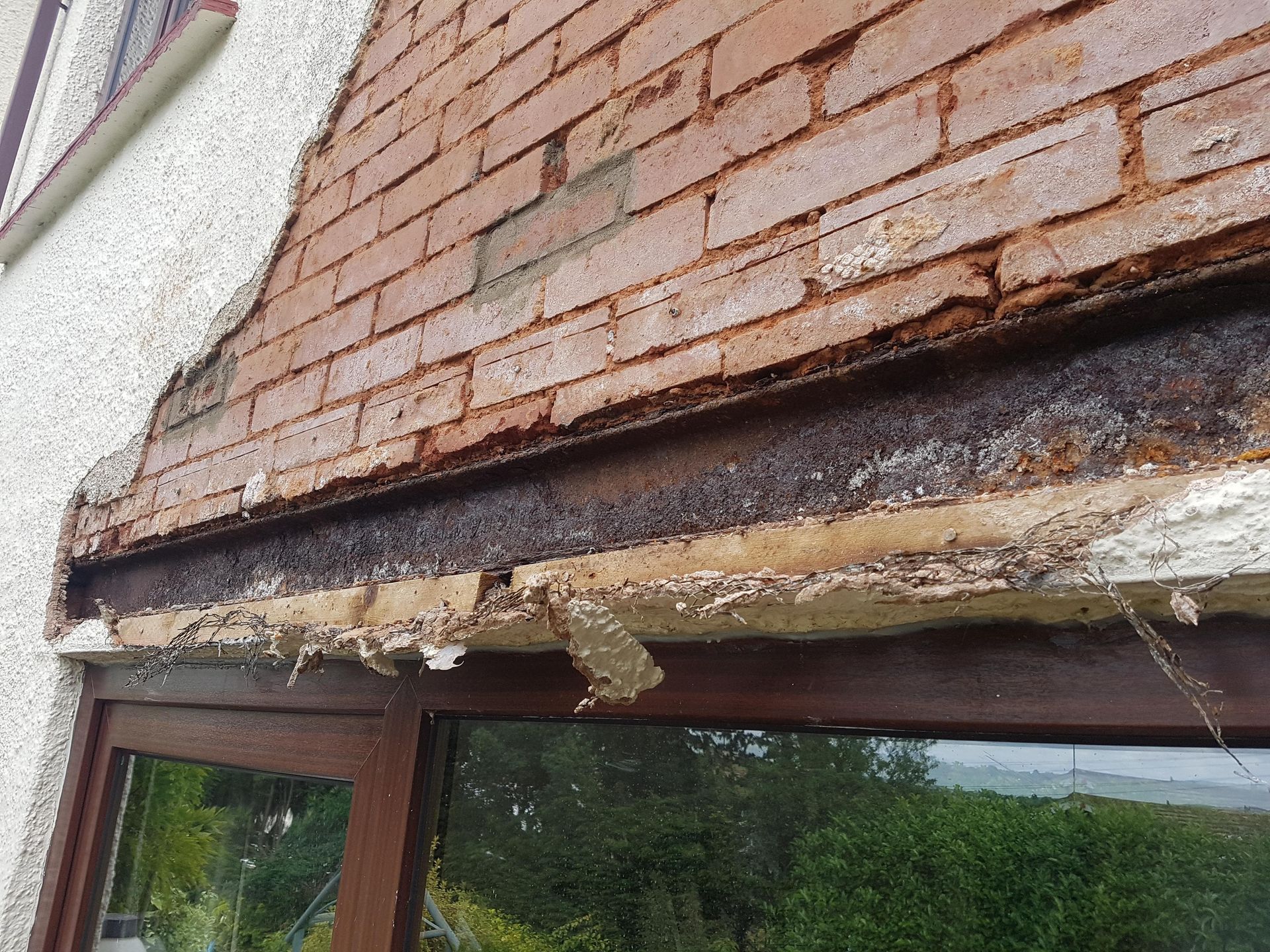
Partner with RestoreWorks for Comprehensive Masonry Solutions
RestoreWorks specializes in addressing complex masonry restoration challenges while collaborating with structural engineers. From commercial masonry tuckpointing services to complete concrete facade repair, we deliver results that align with your goals.
Schedule a free consultation today to discuss your building’s needs and learn how our team can support your next restoration project.

